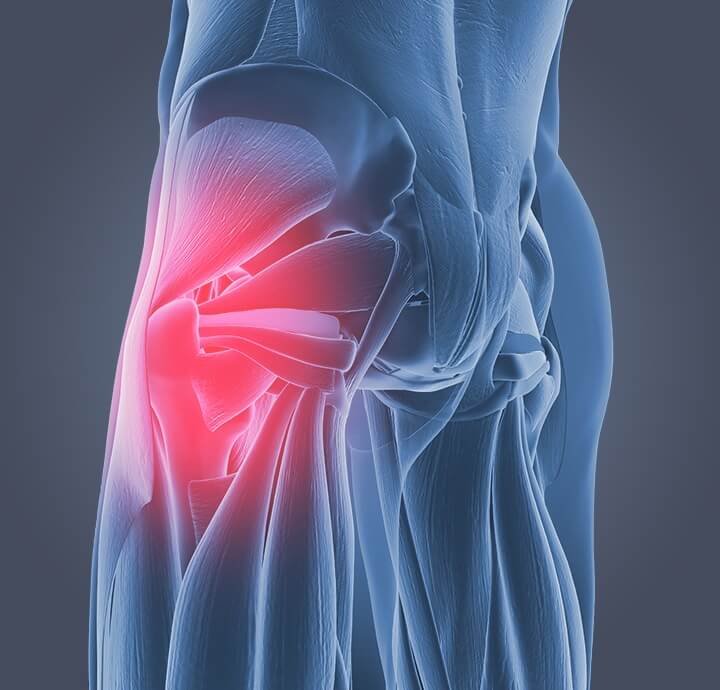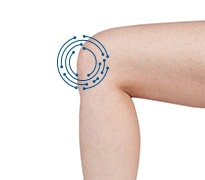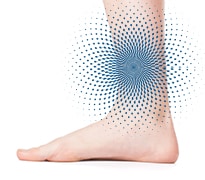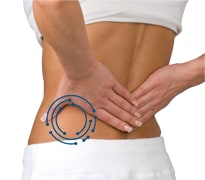The Facts on Hip Pain:
HIP PAIN 101
Other than your shoulders, hip joints have more range of motion than any other joint in your body. So it’s not surprising that your hip joints play a major part in keeping your body moving – from carrying your weight to giving the strong muscles of your legs the ability to work.

It’s also no surprise that being in motion can stress your hip joints and lead to hip pain. While the causes vary, there are two kinds of pain in the hip:
- Pain in the hip joint itself, which usually shows up on the inside of your hip or groin
- Pain in the muscles, ligaments, tendons, etc. attached to the hip, which you might feel in the outside of your hip, upper thigh or outer buttock
WHAT CAUSES HIP PAIN?
As with other kinds of pain, hip pain can happen from simply overusing or overexerting yourself. There can also be more serious causes of hip pain, such as injury, osteoarthritis, tendinitis, bursitis, and sciatica, among others. For injuries or these other conditions, talk to your doctor for a diagnosis and to develop a treatment plan that’s right for you.
DON’T LET HIP PAIN SLOW YOU DOWN
Here are some tips on how to get relief from minor hip pain.
- Add orthotic inserts or insoles designed to help absorb the shock of moving around.
-
REMEMBER REST-ICE-ELEVATION:
- Rest – give your hips a break and time to heal, either by reducing your activity or avoiding movement altogether for a time
- Ice – keep an ice pack on for 20 minutes at a time every 3 or 4 hours for up to 3 days until the pain is gone
- Elevation – prop up your hips on a pillow while you’re resting to further lighten the load
- And when you do get back to being active, remember to ease your body into things, being careful to stretch and strengthen as your hips warm up
Not a medical diagnosis. For information purposes only. If you have diabetes, poor blood circulation, or fragile skin, or symptoms are severe or persist, consult your podiatrist or physician before using products.
†SOURCE: Mayo Clinic Staff. “Hip pain.” Mayo Clinic. N.p., 16 May 2016. Web. 02 Feb. 2017.
http://www.mayoclinic.org/symptoms/hip-pain/basics/definition/sym-20050684.



